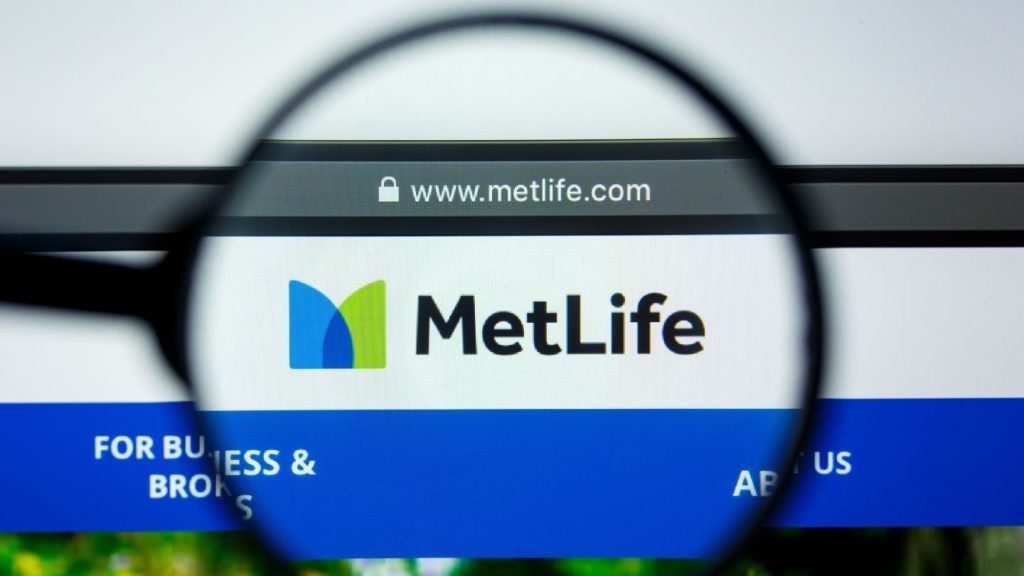until recently, the threat of a flu or other pandemic has been
pushed into the background by the global economic crisis. But
despite no longer being centre stage in the media, risk of a
pandemic is real and present, warns Trevor Maynard, emerging risks
manager at Lloyd’s of London.
In a study, undertaken for the Chartered
Insurance Institute (CII), Maynard focuses on the impact of a
pandemic and stresses that the insurance industry “will be on the
front line” and must ensure policies are designed to respond should
such a situation occur. The CII is a professional organisation with
93,000 members in 150 countries.
Maynard explained that a pandemic is an
epidemic with a global spread of infection. Since the 1600s there
have been a succession of pandemics, typically occurring about 30
to 50 years apart.
Given that the last global pandemic was the
Spanish Flu of some 90 years ago the world could well be living on
borrowed time.
According to a study published in 2002 in the
Bulletin of the History of Medicine (BHM) the Spanish Flu pandemic
started in March 1918 and lasted until June 1920. The study noted
that earlier estimates of the death toll of between 25 million and
39 million were inaccurate and that the true figure was between 50
million and 100 million.
BHM is the official publication of the
American Association for the History of Medicine and the Johns
Hopkins Institute of the History of Medicine.

US Tariffs are shifting - will you react or anticipate?
Don’t let policy changes catch you off guard. Stay proactive with real-time data and expert analysis.
By GlobalDataThe world has had two brushes with potential
pandemics in recent years. First was the outbreak of Severe Acute
Respiratory Syndrome (SARS) which began in China and spread to 37
countries. Between November 2002 and July 2003, 8,096 SARS cases
and 774 SARS-related deaths were recorded, according to the US
National Institute of Allergy and Infectious Diseases (NIAID).
Though of minor proportions compared with the
Spanish Flu Maynard noted that SARS caused economic losses of up to
$150 billion.
SARS was followed by the H5NI virus, generally
known as avian flu. Since 2003 the World Health Organisation has
recorded 413 avian flu cases and 256 avian flu-related deaths in 16
countries. In the first quarter of 2009, 18 cases and six deaths
were recorded.
Also notable are case mortality rates. With
SARS this was 9.6 percent while with avian flu it is running at 62
percent.
In 1918 the world’s population was 1.8 billion
of which, according to US-based researchers Jeffery K Taubenberger
and David M Morens, some one-third were infected during the Spanish
Flu pandemic. This indicates a case mortality rate of 9.3 percent
based on total deaths of 50 million and 18.5 percent based on 100
million deaths.
Taubenberger, chairman of the Molecular
Pathology Department at the Armed Forces Institute of Pathology,
and Morens, an epidemiologist with the NIAID, published a study on
pandemics, 1918 Influenza: The Mother of All Pandemics, in
2006.
In the study Taubenberger and Morens noted:
“The 1918 virus appears to be an avian-like influenza virus derived
in toto from an unknown source.”
On potential damage a pandemic could cause,
they stressed: “Even with modern antiviral and antibacterial drugs,
vaccines, and prevention knowledge, the return of a pandemic virus
equivalent in pathogenicity [ability to cause disease] to the virus
of 1918 would likely kill over 100 million people worldwide.
“A pandemic virus with the (alleged)
pathogenic potential of some recent H5N1 outbreaks could cause
substantially more deaths.”
A number of studies aimed at quantifying an
avian flu pandemic’s impact have been made including one by rating
agency Fitch, in which it estimated that 400,000 deaths could occur
in Europe and 209,000 in the US in a serious pandemic.
Under these assumptions, Fitch said increases
in death claims could be up to $35 billion in Europe and $18
billion in the US.
In terms of fatalities, Fitch’s US estimate is
conservative compared with a Congressional Budget Office (CBO)
study. Based on a pandemic of Spanish Flu’s severity the CBO
estimated that about 90 million people in the US would become ill
and 2 million die.
This would equate to 30 percent of the
population becoming ill and just over 2 percent dying.
In the CBO’s estimation, the US’ GDP would be
about 5 percent lower in the year after the outbreak than it would
have been in the absence of a pandemic.
Whatever the ultimate cost might be the threat
of a pandemic is undoubtedly a risk insurers cannot ignore.







